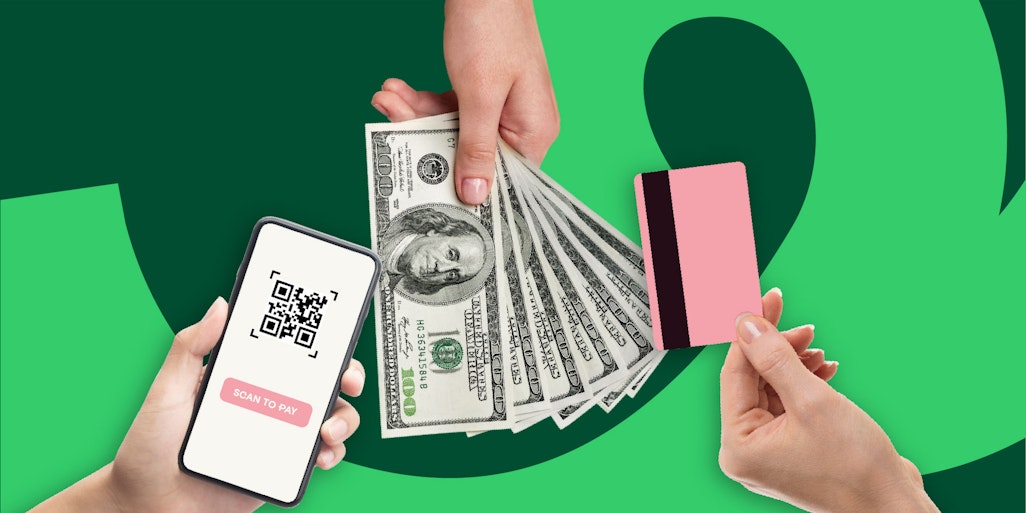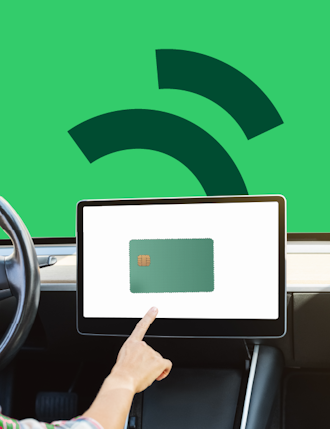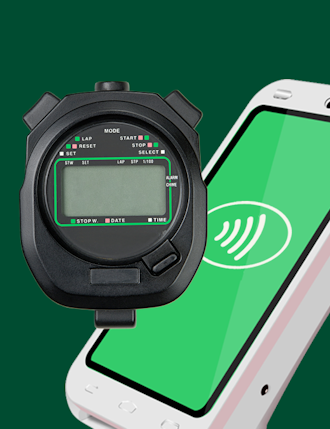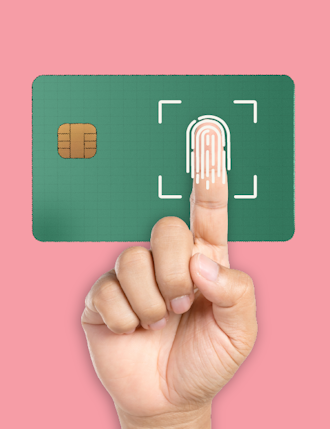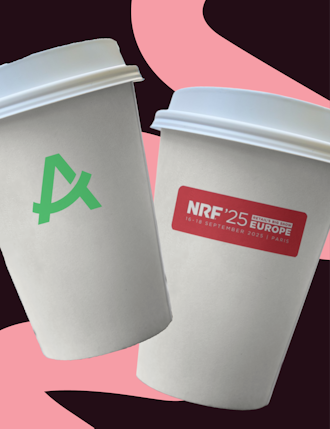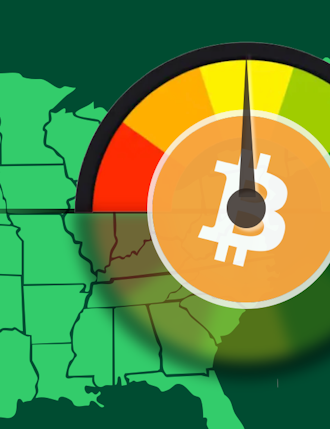Key Insights
-
What are alternative payment methods (APMs)? They include digital wallets, BNPL, crypto, and more - options beyond traditional card payments.
-
APMs offer faster, more flexible ways to pay, improving customer satisfaction.
-
All APMs are electronic payments, but not all electronic payments are alternative.
-
Offering APMs helps merchants reach more customers and boost conversions.
-
Aevi helps payment enablers manage APMs easily, supporting innovation without added complexity.
Don't have time to read more now? Sign up to our newsletter to get the latest insights directly in your inbox.
No wallet? No card? No problem. Last year, over half of all transactions were used without traditional cards, and instead with alternative payment methods (APMs), using everything from mobile contactless payment apps to buy now, pay later (BNPL) services. These are known as alternative payment methods, and they’re reshaping how merchants and payment enablers approach transactions.
Let’s explore what alternative payment methods are, how they compare to traditional options, and why offering more ways to pay can boost customer satisfaction, loyalty, and revenue…
What are alternative payment methods?
APMs are any form of payment that does not rely on traditional credit or debit cards used via a legacy payment system. Instead, they use digital tools and platforms to transfer funds between customers and merchants.
So, what is an APM? Examples include:
- Digital wallets (e.g., Apple Pay, Google Pay)
- Bank transfers and real-time payment systems (e.g., SEPA)
- BNPL options (e.g., Klarna, Afterpay)
- Cryptocurrencies (e.g., Bitcoin, Ethereum)
- Mobile contactless payment apps, aka: closed wallets
- Prepaid cards and vouchers
These methods offer customers more flexibility and often quicker, more secure ways to pay, especially in e-commerce and mobile-first environments.
How do alternative payment methods differ from traditional methods?
Here’s how APMs stack up against traditional payments:
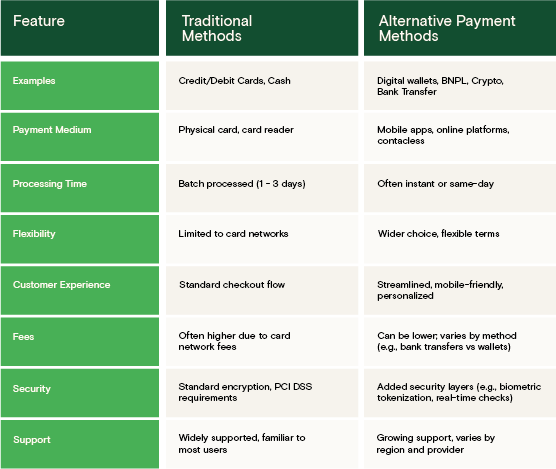
Alternative payment methods differ from traditional ones by offering greater flexibility, faster processing, and mobile-first experiences. While cards and cash rely on physical media and slower batch processing, APMs like digital wallets and BNPL use contactless, real-time technology, allowing for personalized, convenient checkouts. They support a wider range of payment preferences, helping merchants improve customer satisfaction and reach.
What is an electronic payment in the context of APMs?
You may be wondering, what is an electronic payment in the context of APMs. Simply put, electronic payments refer to any transaction made digitally rather than with cash - this includes both traditional card payments and alternative methods like digital wallets and bank transfers.
For payment enablers, the real value lies in understanding how this fits into the bigger picture. While all APMs are electronic payments, not every electronic payment is truly alternative. APMs go beyond the usual card flow, as they offer flexibility, real-time processing, and meet the digital savvy customers who expect multiple options for digital payments.
Your merchants need to keep up with changing payment preferences. By helping them offer a wider choice of electronic payment options, you’re supporting transactions and enhancing the customer experience, driving loyalty, and enabling smarter, future-ready commerce.
Why are alternative payment methods important?
For merchants and payment enablers, offering APMs means:
- Appeal to more customers, including those without cards.
- Faster, smoother payments mean better checkout experience.
- Many APMs offer added security (e.g., biometric verification).
- Support for local APMs can unlock cross border markets.
Customers expect options, and they don’t want to jump through hoops to pay. Give them the flexibility they want, and they’re more likely to convert, return, and stick around. For payment enablers, offering systems with alternative payment methods is a chance to offer more value, stay ahead of demand, and help merchants break into new markets without the payment headaches.
"We’re thrilled to see more and more alternative payment methods making their way into the in-store experience, bringing the same flexibility and smoothness we love about online checkouts. With Aevi’s payment orchestration platform, we make it simple for merchants to integrate both current and upcoming APMs, staying ahead of the curve. The future of APMs will be all about convenience, speed, personalization, and security, catering to an increasingly digital and mobile-first world. We’re proud to be a part of this exciting shift."
Sarah Koch, Director of Marketing and Communications, Aevi
How Aevi supports alternative payment methods
Aevi’s cloud-based platform enables payment enablers to integrate alternative payment methods alongside traditional ones, without needing new hardware or complex systems. Whether your merchants need to accept mobile contactless payments, digital wallets, or crypto, Aevi’s secure, device-agnostic solution ensures flexibility, security, and real-time payment orchestration across multiple channels.
It’s all about giving merchants more ways to get paid - in-store, online, or anywhere their customers are. With Aevi, you’re not tied to specific providers or rigid setups. You get control, scalability, and the freedom to adapt as payment trends shift. One platform, every payment method your merchants need.
Ready to expand your payment offering? Let’s talk about how Aevi can help you support your merchants with flexible, secure alternative payment methods.
